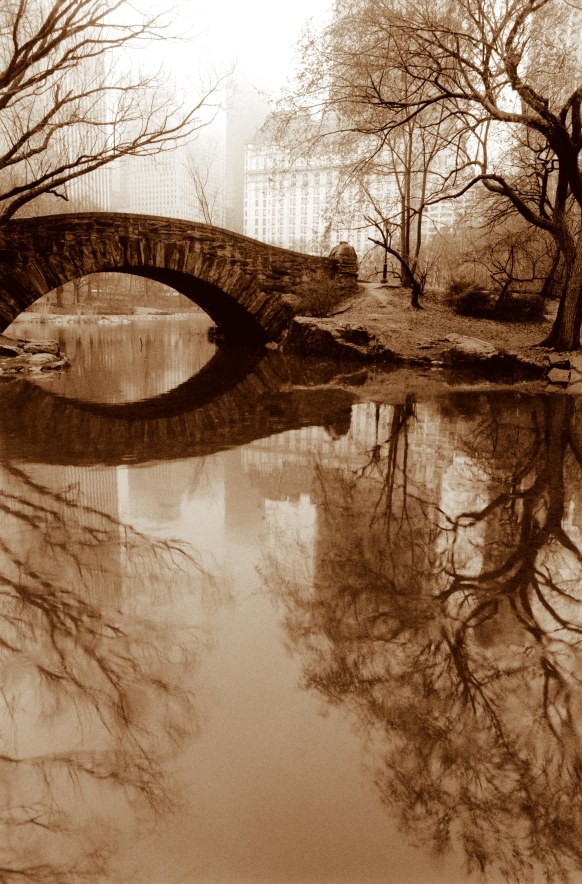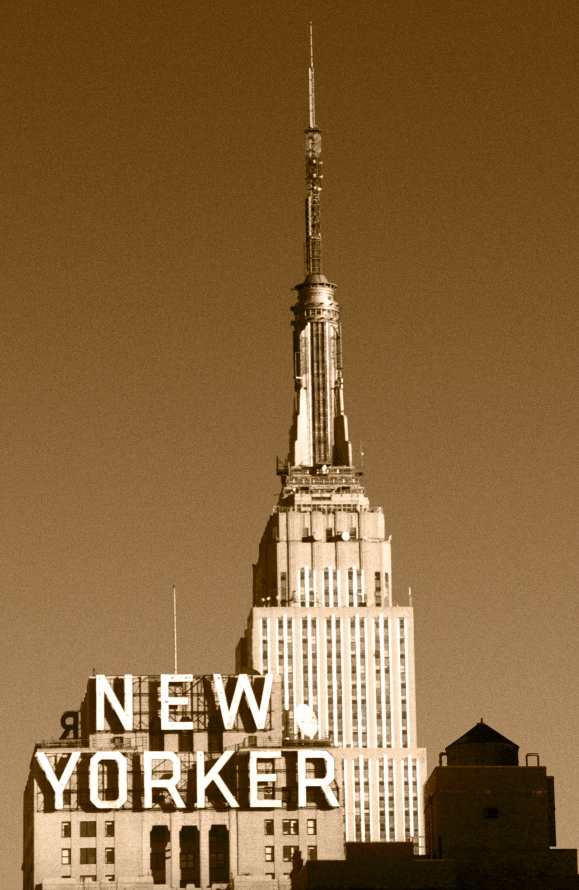
Tag: landscape
My Story

“I Just Love Landscapes,” The Positive, The Camera Club of New York Official Members’ Newsletter, April, 1999
Henry Barnard always intrigued me. I would watch him tirelessly printing and toning his many prints very early in the morning and very late in the evening, and I would wonder what he was doing with all those prints. When I finally got up the courage to ask him, he told me the most remarkable story. Henry is one of those hardworking New York street vendors. Here is his story in his own words. CL
It is one of those things you’ll never forget. Not that it would be that important to anyone else. But it made a big difference to me. Let me start at the beginning. The very first time I took my stuff out, I went to Madison to sell in front of a bank. I had seen other photographers selling there, so I decided to give it a try. But what happened was the banker came out and said, “You know, you’re doing something illegal. I’ve called the police. They should be here any minute.” This made an impression on me. I grabbed my stuff and was around the corner and out of site in a twinkle. I remember running in the direction of 5th Avenue and sitting on one of those long benches they have on the park side.
I was just sitting there with my heart still pounding when I got the idea of going over to the Met. I had seen artists there as well. So I picked up my stuff and went to the museum and sure enough, there they were, a bunch of artists and vendors in the tree line in front of the Met, as well as extending beyond the parameter of the museum along the stone wall that runs to the street light on 79th Street. I didn’t have a real display at the time, just propping the stuff up against a wall or whatever was available. What was available here was that stone wall running to the street light. There were many artists along the wall but there were a few open “spots.” So I propped a dozen or so matted photographs, encased in a protective clear plastic sleeve, up against the wall. Unfortunately, about every five minutes, a few of them would blow over haplessly, and I would jump off the ledge of the wall to put them back.
It soon became clear to me that just leaning such a flimsy object against the wall in such a windy environment was not working at all. And what was worse, no one paid any attention to my stuff. Anything right on the ground was ignored in favor of artwork on any sort of display – evidently no one wanted to buy from off the ground. That was taboo. After sitting there for the better part of three hours with my pictures getting blown all over the place and no one paying the slightest attention to my things, I decided to call it a day.
But I was not defeated. I had seen the experienced vendors had cardboard displays that they taped their pictures to. The cardboard displays were in turn taped to the ground. These displays were solid as a rock, whether the wind blew or not. Even better, they were getting plenty of attention while my stuff was swirling in the wind. This brought me to Pearl Paint the next day, where I found some reinforced cardboard that was about the right size. I bought a bunch of these and made some pyramid-type displays fashioned after what I had seen. I also bought a nice wooden print stand made in Italy. So I was ready for the next weekend. Ready, with high expectations.
Despite these expectations, it rained on Saturday. But Sunday was a pearly blue day. Everything you could ask for. I had noticed that on Sundays, artists also set up on the north side of the Met – an area that was nicer than the wall where I had been – so that is where I went with my new cardboard displays, my Italian print stand, and my pictures. There was one spot left when I got there around 1 o’clock – I subsequently learned that it was unheard of for a spot to be still available that late in the day. I proudly set up my cardboard displays, taped them to the ground, and then taped a half dozen pictures to them. I also set up the elegant wooden print stand with another dozen or so pictures and the silent invitation to come and see. When it was all up, I stood back with obvious self-satisfaction. It was solid – no more pictures blowing in the wind…an attractive and clean presentation in fact.
I can still remember the pleasure – no, not pleasure, the fascination – I experienced simply watching people look at my stuff. When someone looked in a certain captivated way, as if they had seen something that had unexpected delight for them and held them, almost involuntarily, that was virtually a transcendental moment for me then, in the early days of selling photographs when I had a certain innocence or maybe purity. I still do experience this wonderful kind of pleasure but sadly with nowhere near the same intensity as in the early days when showing my stuff was such a novelty.
But that afternoon, the number of people who even just stopped to look at my things were far and few between, and as the minutes grew into hours and the afternoon began to wane, my feeling of dejection was growing larger and larger even as the light was growing dimmer and dimmer. Others in front of the Met had sold, sold all afternoon in fact, to my envy, but I had sold absolutely nothing, not even close – and this was my best stuff, prints I had slaved over, prints I was proud of! (I would later learn that this lacerating confrontation with the ego was a big part of being able to sell photographs, that it would never go away, that it would never get any easier, and that many who try selling their own artwork, perhaps many much more talented than I, succumb to it, this brutal attack on the ego.) And now there was only perhaps a half hour of good light left. Yes, there was only about a half hour of good light left – when it happened.
What I remember – and will never forget, ever – was that she was a very large jolly type of woman full of exuberance. That type bursting with life in sync with her oversized proportions. She had in toe a husband who was a thin reed of a man, way beyond inconspicuous, as well as a tiny waif of a daughter. The husband and daughter were like two pebbles strung to a virtual maelstrom blowing past the Met in the form of this gigantic person, a force of nature.
Even from a somewhat dazed state of mind from dejection, I could not help but hear her emphatic declaration, “I just lllllluuuuuuvvvvvv landscapes,” as she rifled through the prints in the Italian print stand with obvious relish, while clutching one print in her free, meaty left hand – a good sign. When she finished, she asked the daughter if there was one she liked, and the daughter went through the print stand once again, but timidly, carefully, and finally, after excruciating deliberation – and a great deal of silent agitation on my part, I can tell you – settled upon yet another landscape, a picture of a wooded stream in Vermont lit up by a shaft of light on white water.
They were Midwesterners, and forthright and honest as the day is long. The mother asked the price of the two pictures and paid without dickering. And so, in just a matter of minutes, no more, I had made my first sale of a hand-made, darkroom photograph – no, two photographs! – to these three unlikely strangers who changed my landscape forever.
Postscript to this article: There would follow 13 years of selling my darkroom prints in five different states including New York, New Jersey, Pennsylvania, Connecticut, and Rhode Island, with many photography awards along the way, perhaps reaching a zenith winning “Best in Show” at an art show sponsored by the Newport Artists Guild in Newport, Rhode Island, a far stretch from the humble beginnings in front of the Metropolitan Museum of Art. But none of the experiences over this 13 year span ever equaled the intensity – one might even proffer the word “miracle” – of that very first sale to three total strangers who happened to be visiting New York, a city where dreams do come true.